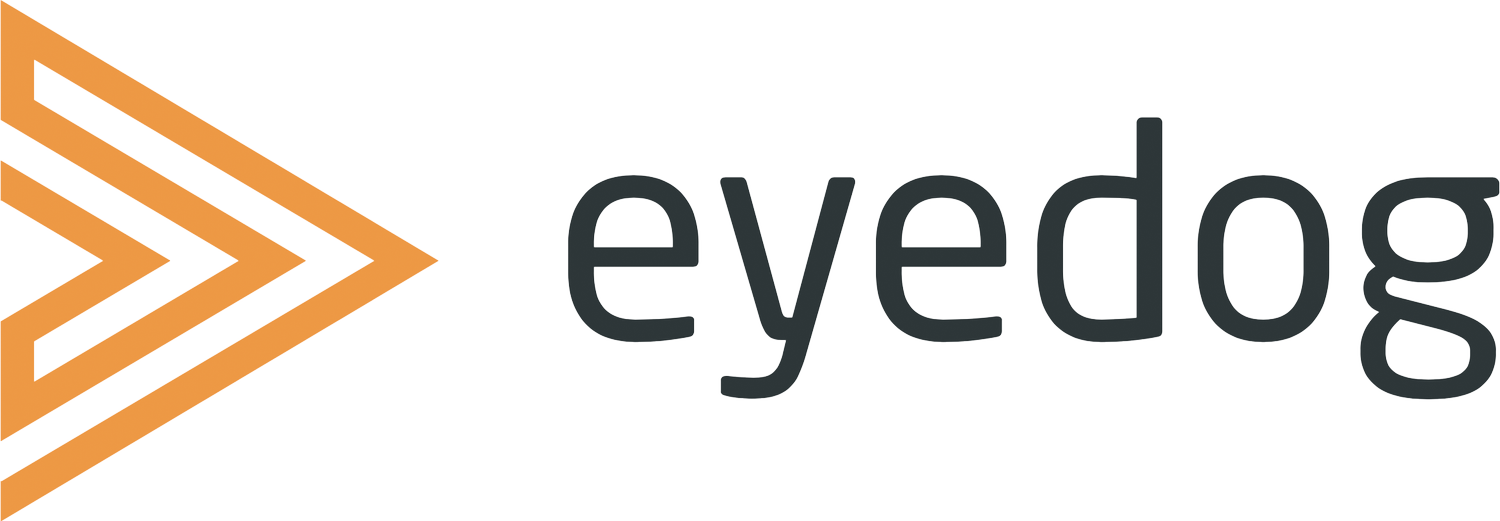
Point of View
Poor Wayfinding Systems in Health Care are Costly
Hospitals are considered to be one of the most challenging places for indoor wayfinding. Most hospitals and medical centers are complex mazes of long and confusing corridor systems with bends, turns, and different types of vertical travel options. (Zimring, 1990)
They are often built in different stages over many decades resulting in different buildings from different architecture, different geometry with different interiors. Perhaps more important, spatial disorientation is stressful: people who are lost often feel anxious, uncomfortable and displeased with themselves and their setting. Stress is particularly acute among people who have limited coping resources, such as people who are worried, older people or those who are blind or disabled. These are the primary users of hospitals. (Zimring, 1990)
The vast majority of hospitals have this problem, despite the presence of signage and other wayfinding tools. The result is that patients arrive late for their appointments, sometimes even miss their appointments, and that medical personnel have to interrupt work regularly to show them the way.
This is a major problem for both visitors and the patients – data from 2013 suggests that around 6.9m outpatient hospital appointments, each costing an average of £108, are missed each year in the UK. Doctors we’ve spoken to attribute a significant fraction of these to navigation problems, especially at large hospitals. (Guardian, 2015)
The consequence is that a poor wayfinding system can result in significant direct monetary costs in lost staff time and maintenance of the system. Although difficult to quantify, a poor wayfinding system also results in more significant non-monetary costs of increased stress for patients, visitors, and staff. How much are the tears of the old woman worth, helplessly trying to find her way back from the cafeteria? How much is the time worth of the wife of the cardiac patient, spending a helpless half-hour trying to find her car so that she can grab a quick meal away from the hospital? Good wayfinding is important for any caring and professional facility (Zimring, 1990).
Confusion is Expensive
Costs associated with wayfinding problems are often hidden. For example, consider the indirect cost of lost productivity when concerned staff members take time away from patient care to give directions or accompany lost visitors to their destinations.
Another indirect cost of poor wayfinding is the lateness or absence of visitors at appointments, as those who are infrequent visitors to the hospital may misjudge the time it takes to navigate the unfamiliar environment.
An academic study in 1990 at a major tertiary hospital estimated the annual cost of wayfinding problems at $220,000. A significant portion of these costs came from the salaries of information staff and the time spent by other staff giving directions, which occupied over 4,500 staff hours, the equivalent of more than two full-time positions.
Today, according to our computational models and data from various hospitals, the cost of wayfinding confusion can easily rise to US$500,000 per year. This amounts to approximately US$0.80 to US$1.20 per outpatient visitor or around US$450 to US$500 per bed per year!
What are your hospital's wayfinding Costs of Confusion?
The costs associated with wayfinding problems for patients and visitors can quickly add up, reaching as much as $250,000 or even exceeding $500,000 annually, depending on various factors.
Eyedog has developed a calculation model that employs 20 parameters to deliver an accurate top-down estimate of the yearly costs attributable to wayfinding difficulties.
If you're interested in receiving this survey, please contact us. The survey takes about 5-10 minutes to complete and serves as an excellent starting point for developing your business case
